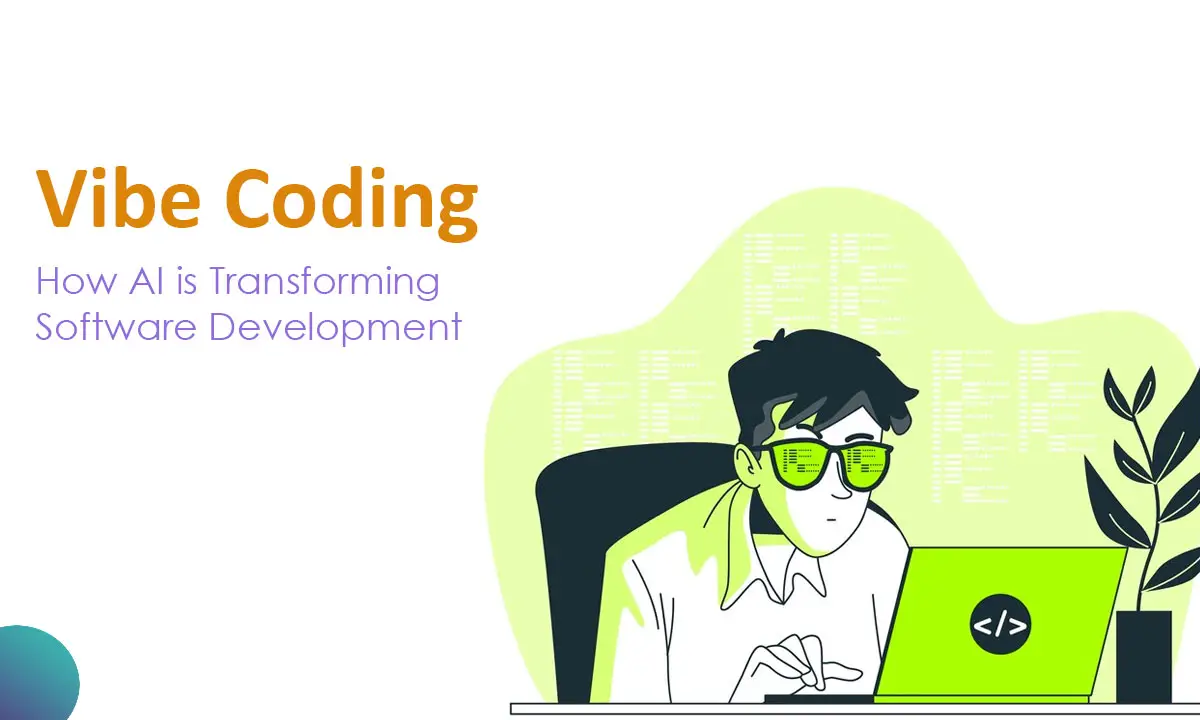A new term is making waves in the software engineering world—“vibe coding.” It encapsulates a fast-rising trend where artificial intelligence, especially large language models (LLMs) like ChatGPT, takes on the heavy lifting of writing code. Rather than requiring developers to painstakingly craft each function or debug every error line-by-line, vibe coding allows developers—and even non-coders—to describe what they want in natural language and get working code in return.
The implications of this trend are enormous. From drastically increasing developer productivity to democratizing software creation for non-technical founders, vibe coding may be a glimpse into the future of software engineering. But how far has the technology really come, and can it handle the complexities of enterprise-scale systems? Or is it still only suited for prototyping and simple projects?
To understand what’s happening, let’s start by looking at one of the most powerful accelerators in the tech world: Y Combinator.
Y Combinator Startups Are Leaning Into Vibe Coding
Y Combinator (YC), one of the most prestigious startup incubators in the world, has backed giants like Airbnb, Stripe, DoorDash, and Dropbox. With over 5,000 companies funded and a combined valuation of over $600 billion, YC is an excellent bellwether for emerging tech trends.
In its latest batch of startups, something remarkable happened: roughly 25% of the cohort reported using AI to write at least 95% of their code. That’s not a minor assist—it’s nearly full codebase generation by artificial intelligence.
This revelation was confirmed by YC CEO Garry Tan, who emphasized the transformative impact of AI-powered coding. According to Tan, startups are scaling faster than ever before, with the entire batch seeing weekly growth rates of around 10%. He attributes this acceleration, in part, to the reduced need for large engineering teams.
It’s important to note that about 80% of these startups are AI-focused, meaning they are more likely to embrace these tools. Still, this level of trust in AI to handle the core technical foundation of a startup is a significant signal to the broader industry.
What Exactly Is Vibe Coding?
Vibe coding represents a shift in how software is developed. Instead of starting from scratch or using traditional development environments, developers use conversational interfaces to describe what they want. For example, someone might type: “Create a website for a personal portfolio with three sections: about me, projects, and contact form.”
An LLM like ChatGPT or Claude can then return fully functional HTML, CSS, and JavaScript code that satisfies the request. In some cases, these systems can even deploy the code or connect it to a backend with database support.
The “vibe” aspect comes from how casual and intuitive the process feels. Developers no longer need to rigidly define the syntax or structure—they just need a goal or an idea. The LLM fills in the details.
Accessibility for Non-Coders
One of the most exciting aspects of vibe coding is that it opens up software development to people with little or no technical experience. Entrepreneurs, designers, or product managers can now prototype applications, test ideas, or even build functional tools without needing to hire engineers—or learn how to code themselves.
A user might say, “Build a simple budgeting app that lets me input expenses and shows a pie chart,” and the AI would generate a basic but working version. If tweaks are needed, the user can simply describe the changes in plain language.
This democratization of development empowers more people to participate in the software economy. It has the potential to dramatically lower the barrier to entry for tech startups and innovation.
Is Vibe Coding Ready for Enterprise Use?
While vibe coding is great for prototyping and simple applications, many wonder whether it can handle enterprise-grade software development. Enterprise software involves layers of complexity: security, scalability, testing, maintainability, regulatory compliance, and integration with legacy systems.
So far, AI-generated code can handle straightforward components but often requires human oversight for nuanced architecture decisions. That said, it’s improving quickly—and AI tools are being developed to assist with these challenges.
As AI systems learn from increasingly sophisticated training datasets, their ability to understand context and write high-quality, scalable code improves. But we’re still in a transitional period where human-AI collaboration is essential.
Measuring AI’s Coding Ability: The Role of Benchmarks
To assess how good AI really is at coding, researchers use standardized tests called benchmarks. These coding benchmarks evaluate an AI’s ability to solve a variety of programming problems, from basic tasks to more complex challenges.
One widely used benchmark is SWE-Bench. In 2023, even the best LLMs could only solve about 5% of the problems in this benchmark. By early 2025, that number had climbed to over 60%—a staggering rate of improvement in just two years.
Other benchmarks, like Artificial Analysis’ Coding Index and Amazon’s SWE-PolyBench, provide alternative measures. For example, SWE-PolyBench presents a more difficult set of problems, with top models achieving resolve rates around 22.6%. These discrepancies highlight how benchmarking results can vary depending on test difficulty and focus areas.
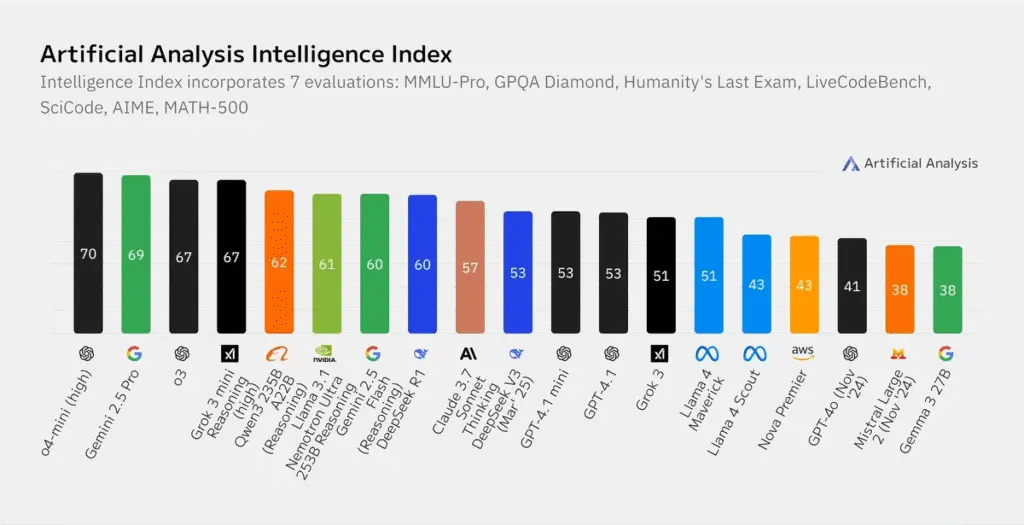
Despite this, benchmarks remain one of the most reliable ways to track AI progress. They show that LLMs are getting dramatically better at understanding, generating, and fixing code.
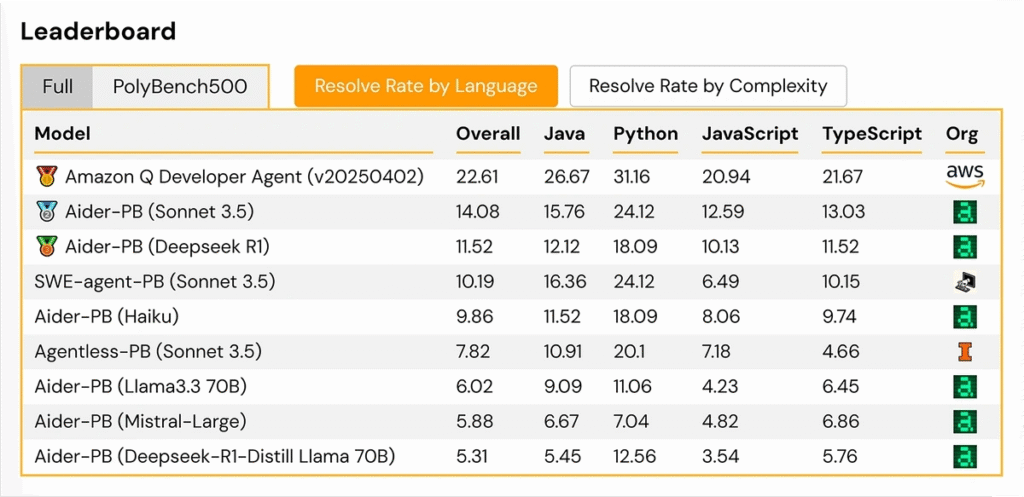
A Personal Vibe Coding Test
To explore how accessible vibe coding has become, one user with no programming background asked ChatGPT to create a “space exploration simulation.”
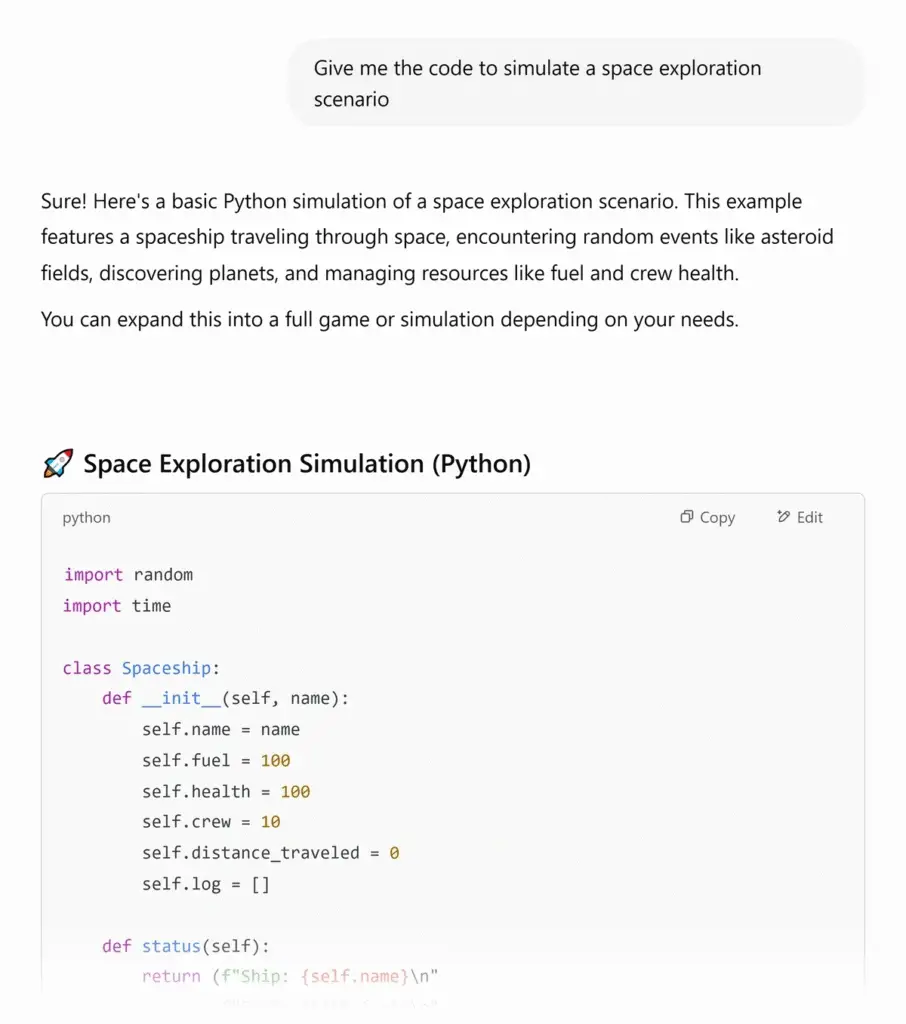
Without providing additional context or logic, the AI returned working Python code for a simple, text-based space game. Upon running it, the simulation worked perfectly—offering basic decisions and outcomes like exploring planets or encountering aliens.
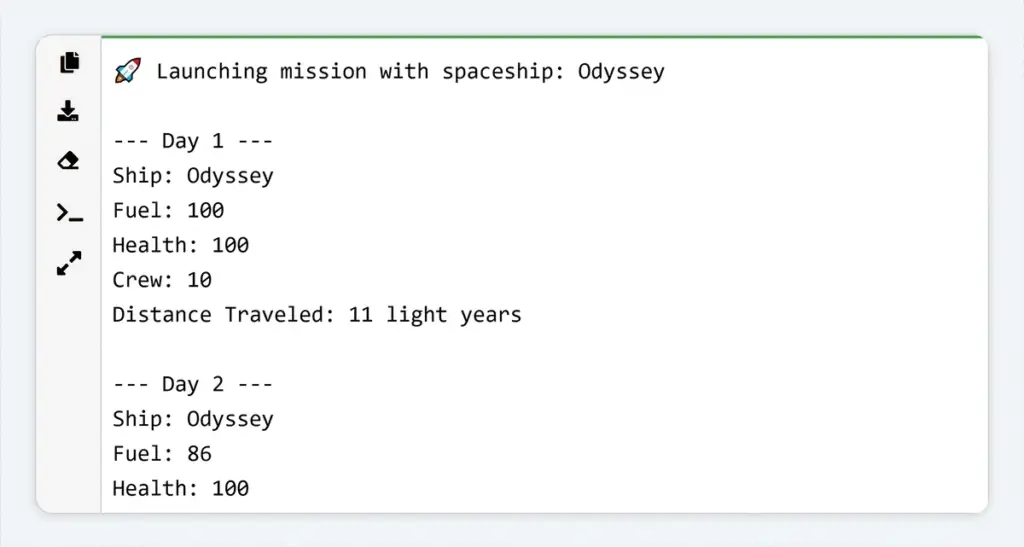
What’s more impressive is that ChatGPT then offered to upgrade the simulation. With a few follow-up prompts, the user received a version with graphical elements using the Pygame library—all without writing a single line of code manually.
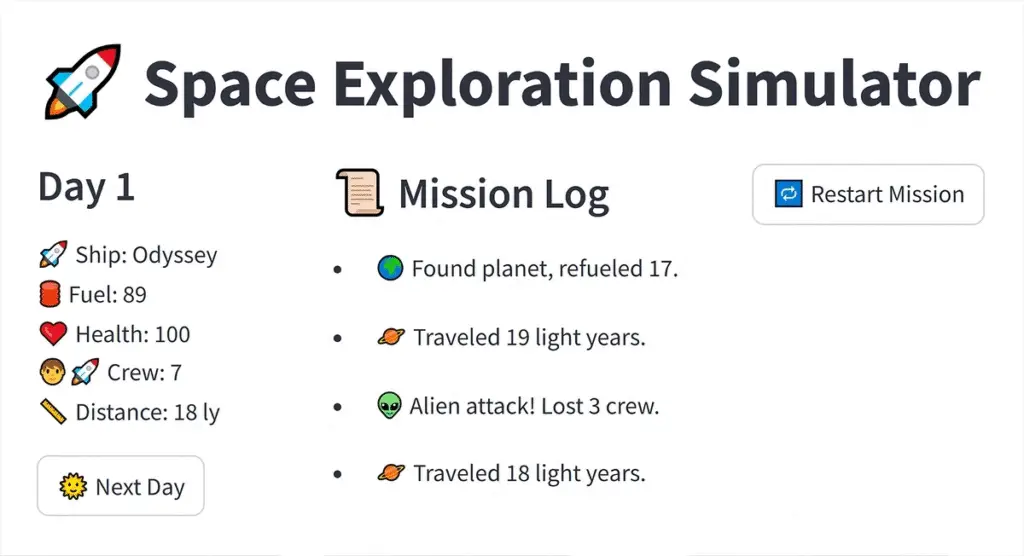
This illustrates the ease and iterative nature of vibe coding. Even non-technical users can create engaging, interactive applications with minimal input.
AI Debugging: A New Frontier
One of the biggest challenges in AI-generated code is debugging. While LLMs can generate code, they’re not always great at catching or fixing their own errors—especially in complex systems.
Debugging is one of the most critical tasks in software engineering, and traditional AI has relied heavily on error messages to guide fixes. Microsoft’s Debug-gym aims to change that.
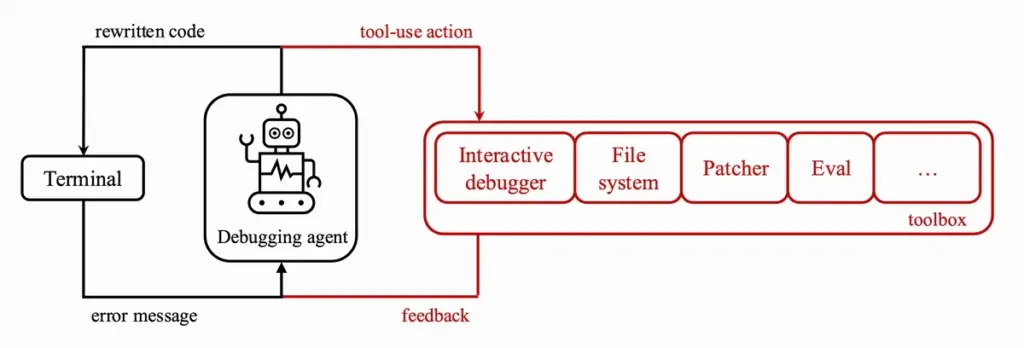
Debug-gym introduces a new framework for teaching LLMs to debug code like human developers. It encourages step-by-step reasoning and contextual understanding of the code rather than simply reacting to compiler errors.
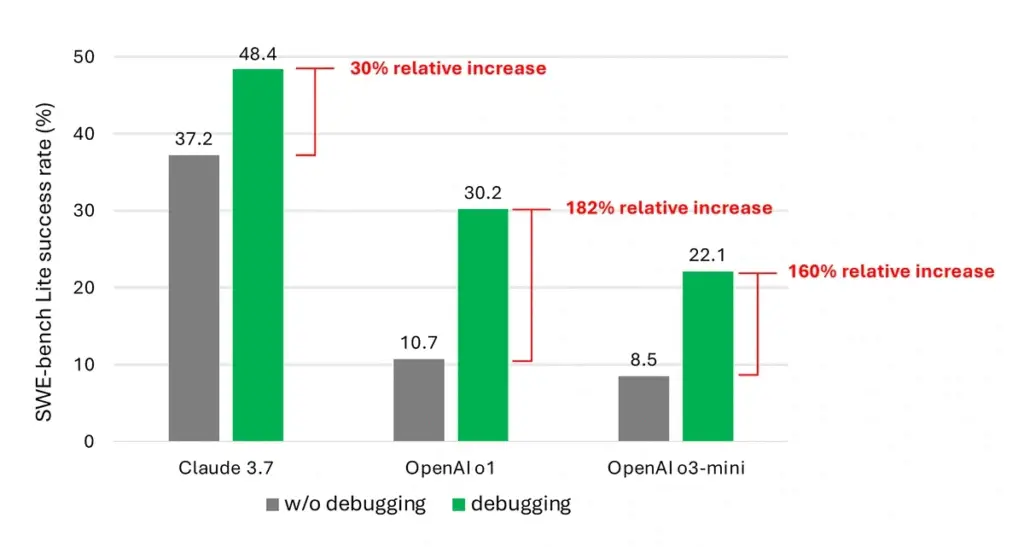
Initial results are promising. On the SWE-Bench Lite benchmark, LLMs paired with Debug-gym showed marked improvements in error resolution. Although the scores still suggest that AI isn’t quite ready to debug independently at scale, progress is clear.
Code Observability Tools Like Lightrun
As AI-generated code becomes more prevalent, the industry needs better tools for monitoring and managing that code in production environments. Lightrun, a developer observability platform, addresses this need.
Lightrun integrates directly into development environments to offer live insights into code behavior. It helps developers (and AIs) find bugs, performance issues, or unexpected behavior in real-time.
With reported improvements in developer productivity of up to 20% and a 763% return on investment over three years, Lightrun is becoming a critical tool in AI-assisted software teams. Its clientele includes industry heavyweights like Microsoft and Salesforce, and the company recently closed a $70 million Series B round to fuel further growth.
Enter AI Agents: From Code Writing to Task Execution
As vibe coding becomes more capable, we move into adjacent territory: AI agents. Unlike LLMs that wait for input, AI agents are designed to proactively complete tasks, such as booking travel, ordering food, or filing reports.
These agents can access the web, use APIs, and even interact with user interfaces. Some operate in “autonomous modes,” taking over the keyboard and mouse to complete tasks in apps like Excel or Chrome.
Search interest in “AI agents” has jumped over 1100% in the last two years, signaling a growing fascination with letting AI take action rather than just make suggestions.
Manus, one of the most recent attempts to build a general-purpose AI agent, claims to bridge the gap between ideas and execution. In theory, it can do things like plan international travel itineraries or build educational courses.

However, in testing, Manus struggles with tangible actions like booking tickets or making reservations. While its outputs resemble those of ChatGPT, it often fails in follow-through.
For now, AI agents are best viewed as advanced planning and information tools rather than full task automators. The goal is in sight, but we’re not quite there yet.
The Future of Vibe Coding
The trajectory of vibe coding is clear: we are entering an era where software is increasingly co-written—or fully written—by AI. As LLMs get better at understanding context, debugging errors, and interacting with external systems, the role of the developer will shift from creator to orchestrator.
This doesn’t mean that programming skills will become obsolete. On the contrary, developers with strong coding knowledge will still be essential for:
- Prompt engineering
- Debugging complex issues
- Ensuring scalability and security
- Integrating systems across platforms
- Reviewing and refactoring AI-generated code
But the entry barriers for creating software have dropped significantly. Entrepreneurs, marketers, and creatives can now build prototypes and applications on their own, using vibe coding as a gateway to the software economy.
Top Vibe Coding Tools in 2025: The AI Revolution in Development
Vibe coding has quickly evolved from a trending buzzword to a practical paradigm shift in the way developers and non-coders alike approach software creation. With the ability to transform plain-language ideas into functional code, AI tools are now indispensable for solo developers, startup teams, and even enterprise engineers. But not all vibe coding tools are created equal.
Let’s explore the top tools and models powering this shift, from best-in-class large language models (LLMs) to third-party platforms offering seamless AI-assisted development environments.
Best Vibe Coding LLMs (Large Language Models)
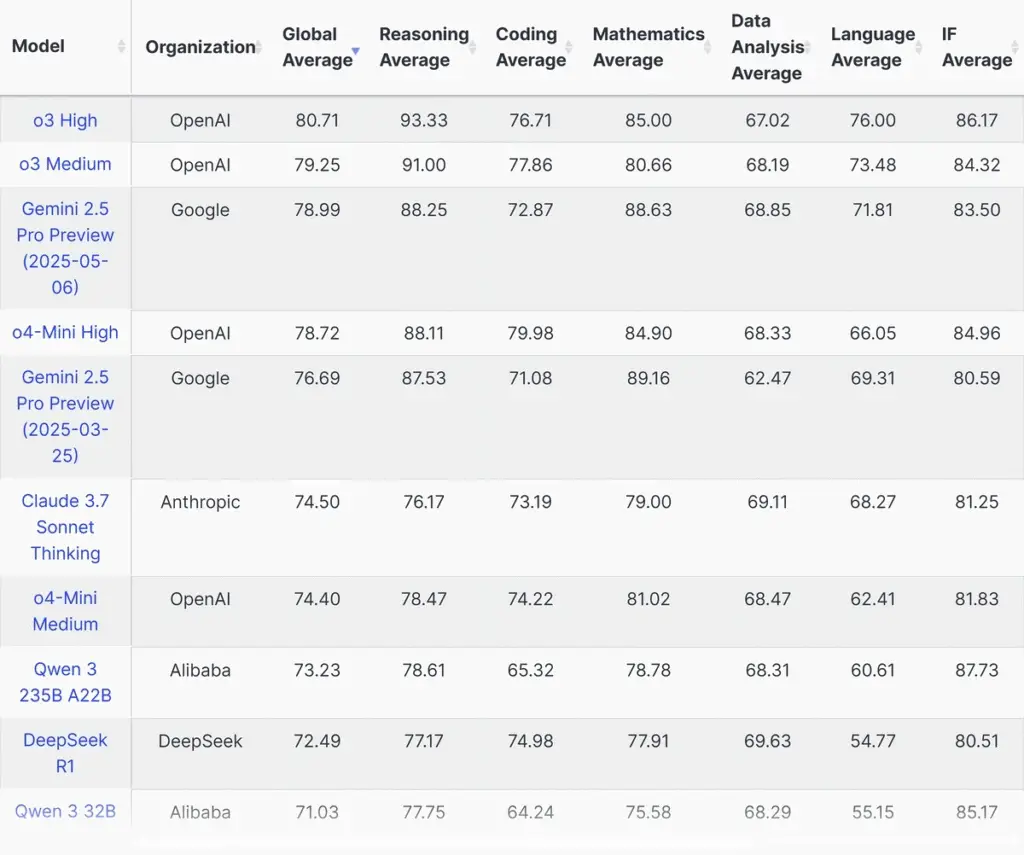
At the heart of vibe coding lies the language model — the AI brain that interprets prompts and generates usable code. In 2025, a few LLMs dominate the coding landscape, not just in popularity but in measurable performance across various benchmarks.
1. ChatGPT-4o Mini High by OpenAI
OpenAI’s flagship coding model, ChatGPT-4o Mini High, currently leads on LiveBench’s coding benchmark. Known for its versatility, contextual understanding, and reliability in generating both frontend and backend code, this model handles everything from simple scripts to complex systems design.
- Benchmark Leader: Tops multiple benchmark platforms like LiveBench and SWE-Bench.
- Capabilities: Full-stack development, code refactoring, error handling, and test generation.
- Integration: Built into tools like ChatGPT, Microsoft Copilot, and Replit Ghostwriter.
2. DeepSeek R1
Trailing behind OpenAI’s models but still a powerful contender, DeepSeek R1 performs impressively well, particularly in mathematical computing and algorithm-heavy tasks.
- Strengths: High accuracy in function logic and data structure manipulation.
- Use Cases: Ideal for algorithmic coding, data pipelines, and educational simulations.
3. Claude 3 Series by Anthropic
Anthropic’s Claude 3 models have shown consistent improvements in both logic reasoning and syntactic clarity in code. While they may not lead the benchmarks, their conversational interface makes them excellent for iterative prompt engineering.
- Best For: Developers who rely heavily on iterative debugging and code explanation.
- Notable Feature: Claude is especially good at suggesting efficient alternatives to existing code.
4. Grok by xAI (Elon Musk’s AI company)
Grok’s recent releases have begun to compete with industry leaders by delivering better JavaScript and web-focused code.
- Strengths: Real-time integrations with X (formerly Twitter), tailored web app generation.
- Limitations: Currently lacks depth in database and backend-heavy systems.
Top Third-Party Vibe Coding Tools in 2025
Many of the most efficient vibe coding platforms don’t develop their own LLMs — instead, they act as powerful interfaces built on top of OpenAI, Claude, DeepSeek, or open-source models.
1. Cursor
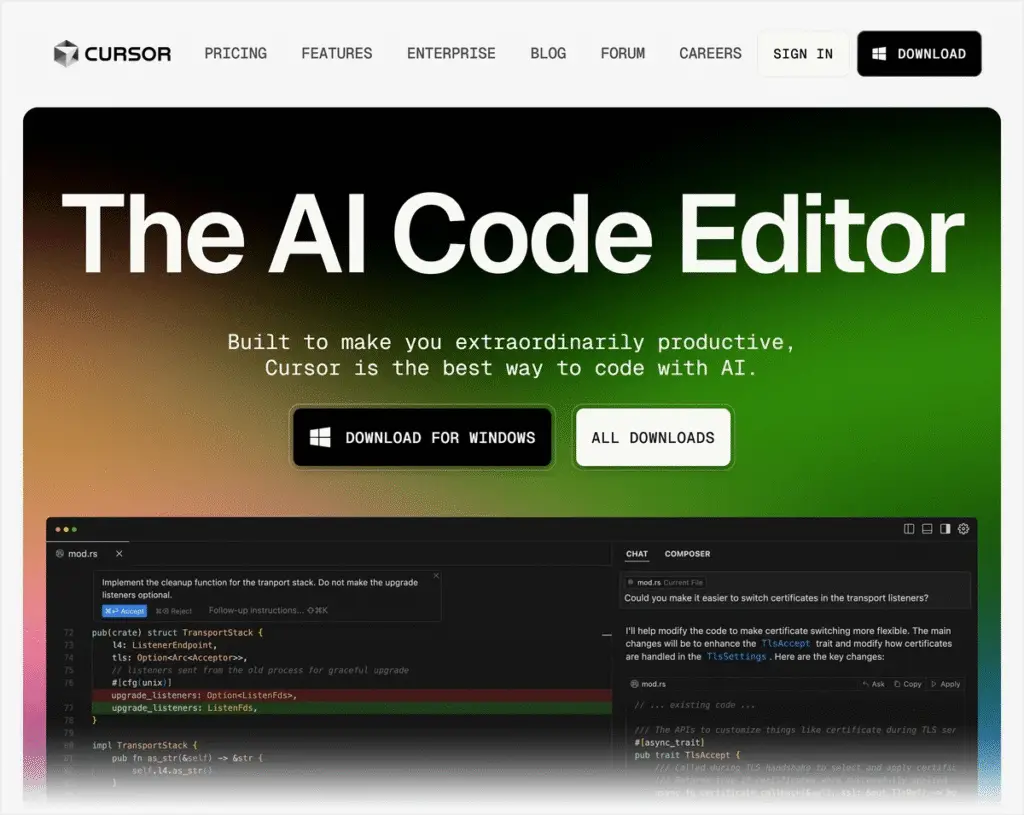
Cursor is a modern integrated development environment (IDE) that blends traditional software development tools with AI-powered assistance. It has become a favorite among developers thanks to its smart suggestions, refactor tools, and natural language code generation.
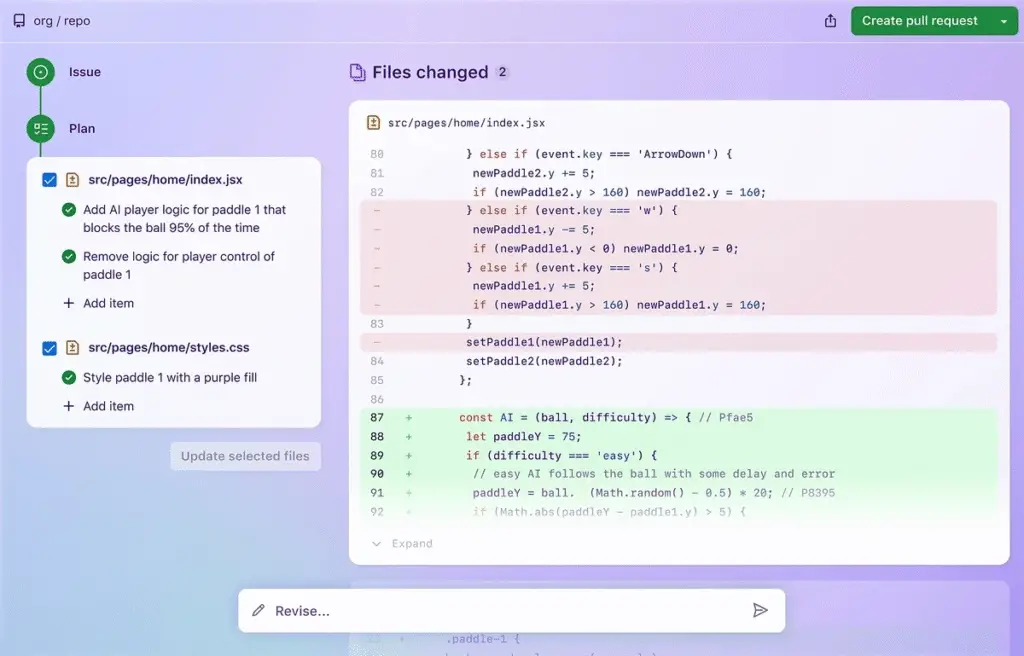
- Features:
- Real-time AI pair programming.
- Model selection from OpenAI, Claude, and others.
- Context-aware code suggestions and auto-corrections.
- Milestones:
- Achieved $100M ARR in January 2025.
- Doubled to $200M ARR by March 2025, signaling explosive growth.
- Ideal For: Developers looking for a complete AI-enhanced coding experience.
2. GitHub Copilot Workspace
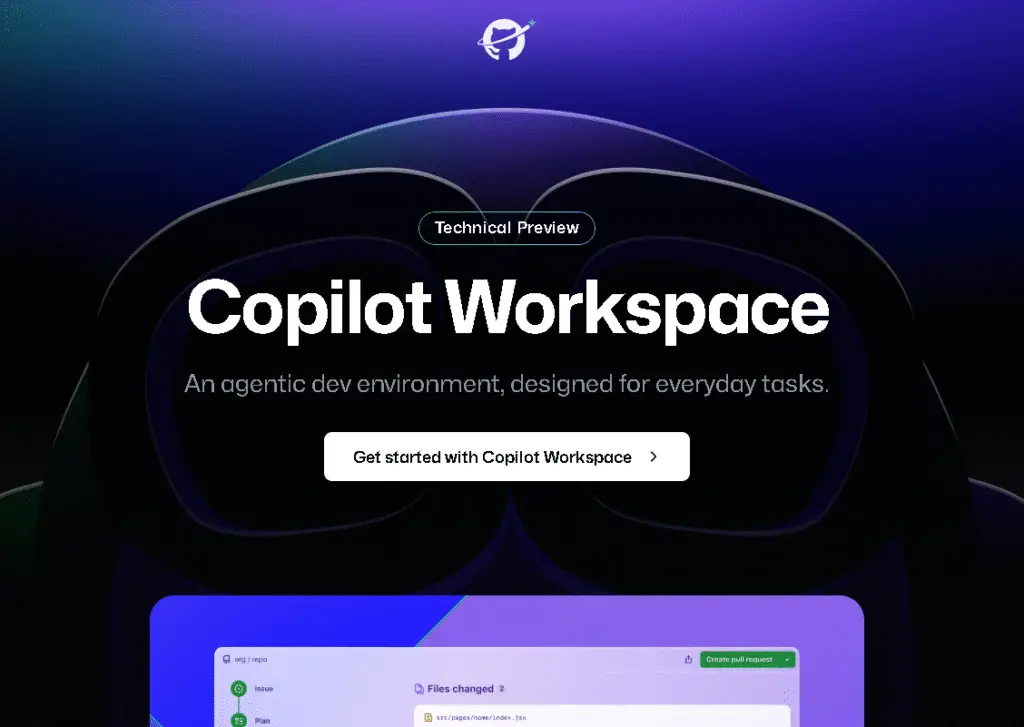
An evolution of the original Copilot plugin, GitHub’s Copilot Workspace is a browser-based development platform designed with AI at its core.
- Capabilities:
- Accepts natural language instructions to scaffold entire projects.
- Includes Copilot Chat for contextual debugging and help.
- Integrated GitHub repository support and auto-deployment options.
- Vision: GitHub envisions reducing the entry barrier so dramatically that 1 billion people could eventually become developers with minimal training.
3. Replit Ghostwriter
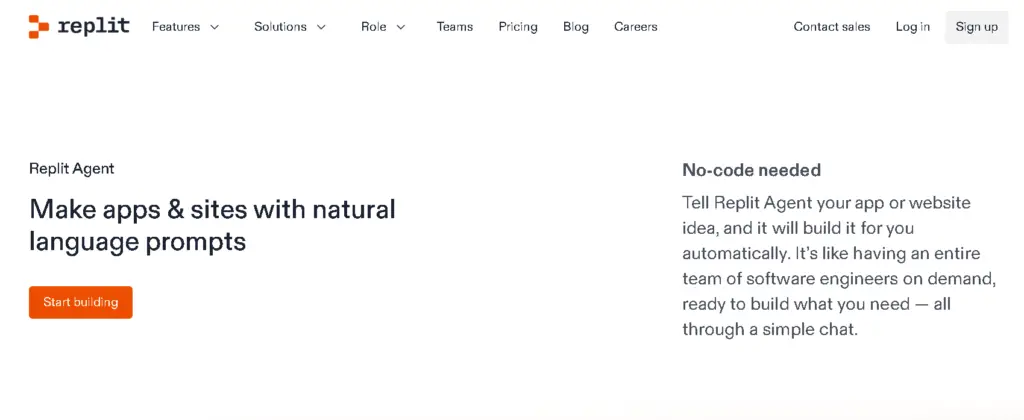
Replit’s Ghostwriter blends AI-driven code generation with Replit’s live-coding interface, making it perfect for beginners and solo builders.
- Best For: Rapid prototyping and building small-scale applications or MVPs.
- Strengths:
- Real-time previews.
- Seamless team collaboration.
- AI generates functions, classes, or even entire pages on command.
4. Mutable.ai

Focused on refactoring and accelerating engineering workflows, Mutable.ai turns engineering specs into code at lightning speed.
- Features:
- Instant translation of JIRA tickets into code.
- Integrates with existing IDEs.
- Continuous context awareness across files and projects.
- Best Use: Enterprise teams working on tight deadlines.
5. Codeium
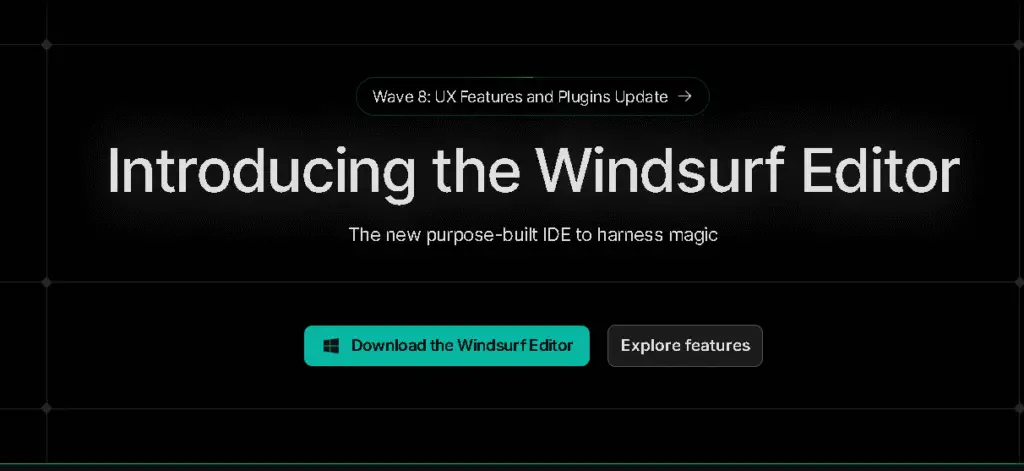
Codeium is an AI code assistant that focuses on speed, offline support, and compatibility with over 70 programming languages.
- Unique Advantages:
- Lightweight extension for VS Code and JetBrains.
- Offline mode with on-device inference.
- Works well for power users who prefer traditional environments.
6. Tabnine
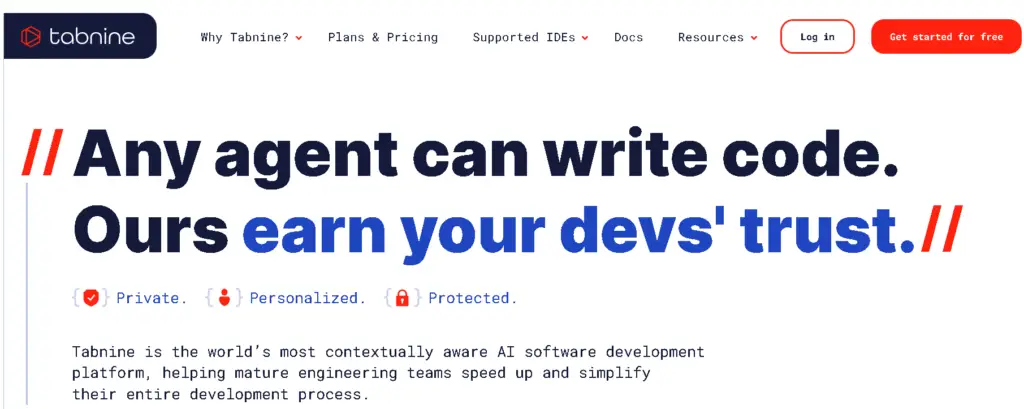
Tabnine is an AI code completion tool known for its strict adherence to enterprise-grade security and data privacy.
- Enterprise-Focused:
- Private LLM deployments.
- SOC2 and GDPR compliant.
- Useful for corporations handling sensitive or proprietary code.
7. Warp
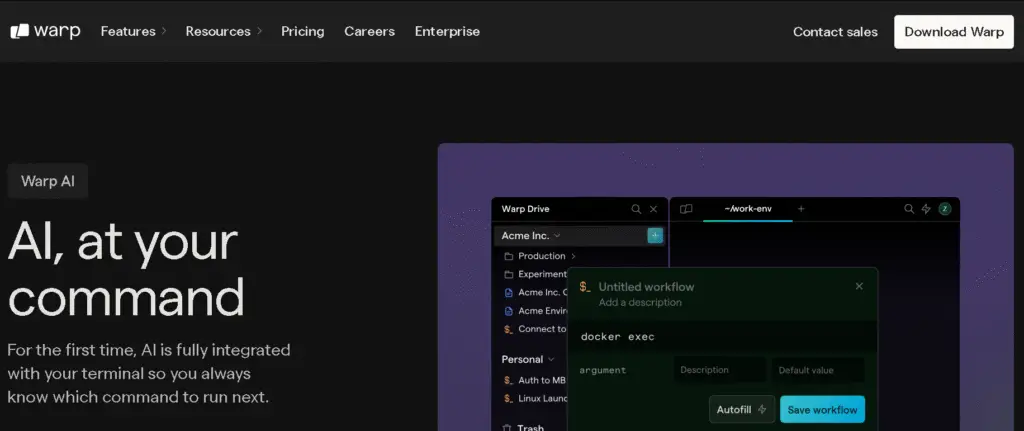
Warp is a terminal built for the modern developer, integrating AI directly into the shell.
- Key Features:
- Command prediction and auto-complete.
- Smart suggestions for CLI operations.
- Helpful for DevOps professionals and backend engineers.
Why Vibe Coding Is Becoming the Default
The allure of vibe coding goes beyond novelty — it’s rooted in massive productivity gains and lower barriers to entry. But more importantly, vibe coding is quickly becoming a standard component of modern development workflows.
Accessibility for Non-Developers
You no longer need a CS degree to build an app. With tools like Replit, ChatGPT, and GitHub Copilot, anyone who can describe what they want can create working prototypes, simulations, or even deployable software.
Boosted Efficiency for Experienced Devs
Professional developers use vibe coding to skip boilerplate, convert logic flows to real code, and auto-generate documentation or tests. Instead of spending hours writing repetitive structures, they focus on critical architecture and logic.
Collaborative and Iterative Development
With tools like Cursor and GitHub Copilot Workspace, development becomes more conversational. You prompt, AI responds, you refine — this back-and-forth enables a fast, intuitive way to build and debug.
Caution: Vibe Coding Has Its Limits
Despite the power of these tools, it’s crucial not to overestimate AI’s current abilities:
- Debugging Gaps: Most models still struggle with complex bugs or unexpected behavior in large systems.
- Security Concerns: LLMs may unintentionally introduce vulnerabilities or fail to sanitize input properly.
- Opaque Logic: AI-generated code can be efficient, but if developers don’t understand it, maintaining or scaling it becomes risky.
Final Thoughts
Vibe coding represents a monumental shift in how we create software. Once the exclusive domain of trained engineers, programming is now accessible to anyone with a good idea and the ability to describe it in words.
From Y Combinator startups relying on AI to write nearly all their code, to non-technical users building games and applications without prior experience, the implications are vast. It’s a tool that can amplify developer productivity, reduce costs, and spark a new wave of innovation.
But with great power comes great responsibility. As AI takes on more of the coding load, human developers must evolve—learning to supervise, guide, and enhance what machines create.
AI is no longer just an assistant. In vibe coding, it’s becoming the lead developer.
Vibe coding is not a passing trend. It represents a genuine shift in how software is created. Like any tool, it’s most effective in skilled hands — but it also opens up coding to a broader population than ever before.
Whether you’re a solo founder building your MVP in a weekend or an enterprise team optimizing legacy codebases, there’s a vibe coding tool ready to accelerate your vision.
Just remember: use AI as a partner, not a crutch.

